Top 5 Programming languages for Mobile App Development in 2025
 Sulabh Sharma
Sulabh Sharma
Mobile apps are central to our daily lives with global downloads expected to surpass 258 billion by 2025. As the demand for high-quality apps grows the role of programming languages becomes crucial in shaping the future of mobile development. Languages like Swift, kotlin, JavaScript are powering today’s most popular apps and will continue to drive innovation in 2025.
In this blog, We'll explore the Top 5 programming languages for mobile app development, highlighting their Usage, Current stats, growth and future potential in the fast-evolving mobile ecosystem.
1. Swift
Usage: Primarily used for iOS and macOS app development.
Current Stats: Despite its popularity, only 4.6 percent of developers worldwide use Swift. It is believed this community will only grow in size, https://www.coursera.org/articles/programming-in-swift
Growth: Swift is continuously evolving with regular updates from Apple making it the go-to language for iOS development. It's been the preferred language for Apple’s ecosystem since 2014.
Future Scope: As Apple's ecosystem grows with new devices like AR glasses. Swift’s role in developing apps for these devices will likely increase.
Pros of Swift language- Fast performance, Modern Syntax, Memory safety, Active community, Cross-platform.
Cons of Swift language- Limited libraries, Young language, Small Talent Pool, Platform restrictions, Slow adoption.

2. Kotlin
Usage: Kotlin is the official language for Android app development recommended by Google.
Current Stats: Serialization and Test have raised their presence by 9 and 6 percentage points respectively. In their tasks, roughly a quarter of Kotlin users apply Ktor, an asynchronous framework for creating microservices, web applications, and more, https://www.jetbrains.com/lp/devecosystem-2021/kotlin/#:~:text=What%20JetBrains%20Kotlin%20libraries%20and%20frameworks%20do%20you%20currently%20use?&text=A%20greater%20proportion%20of%20Kotlin,%2C%20web%20applications%2C%20and%20more.
Growth: Kotlin's ease of use and seamless interoperability with Java have made it a favorite for Android developers and its usage continues to rise as the preferred language for Android development.
Future Scope: Kotlin is expected to maintain a dominant position in Android development as Google continues to integrate Kotlin into their frameworks and tools.
Pros of kotlin language- Interoperates with Java, Concise Syntax, Null safety, Official android support, Growing community.
Cons of Kotlin language- Learning Curve for Java developers, Smaller Ecosystem, Slower Compilation, Limited Job Market.
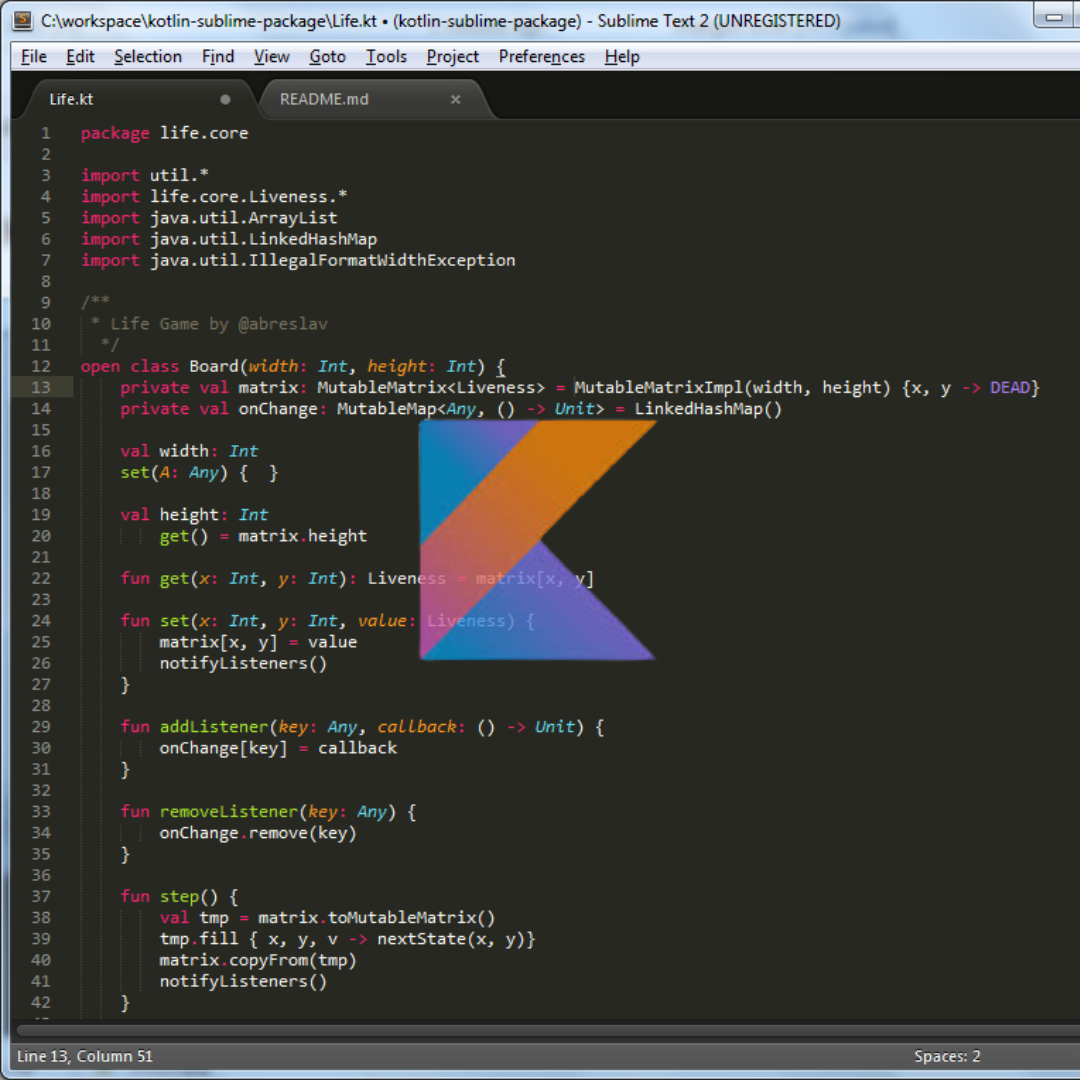
3. JavaScript
Usage: JavaScript is primarily used for web development but is a top choice for cross-platform mobile apps via frameworks like React Native, Ionic and Node.js.
Current Stats: JavaScript and HTML/CSS take center stage, with over 63% and approximately 55% adoption by global software developers, https://www.globalapptesting.com/blog/mobile-app-development-statistics-and-facts
Growth: JavaScript frameworks like React Native allow for faster, more efficient development of cross-platform apps. This trend is growing as developers look to write once and deploy on both iOS and Android.
Future Scope: JavaScript will continue to lead cross-platform development, with more businesses adopting frameworks like React Native for cost-effective and scalable solutions.
Pros of JavaScript language- Cross-Platform development, Huge ecosystem, High demand for developers, Rich libraries & frameworks, Fast prototyping.
Cons of JavaScript Language- Performance issues, Callback hell, Single-threaded nature, Difficult debugging, Code maintenance challenges.
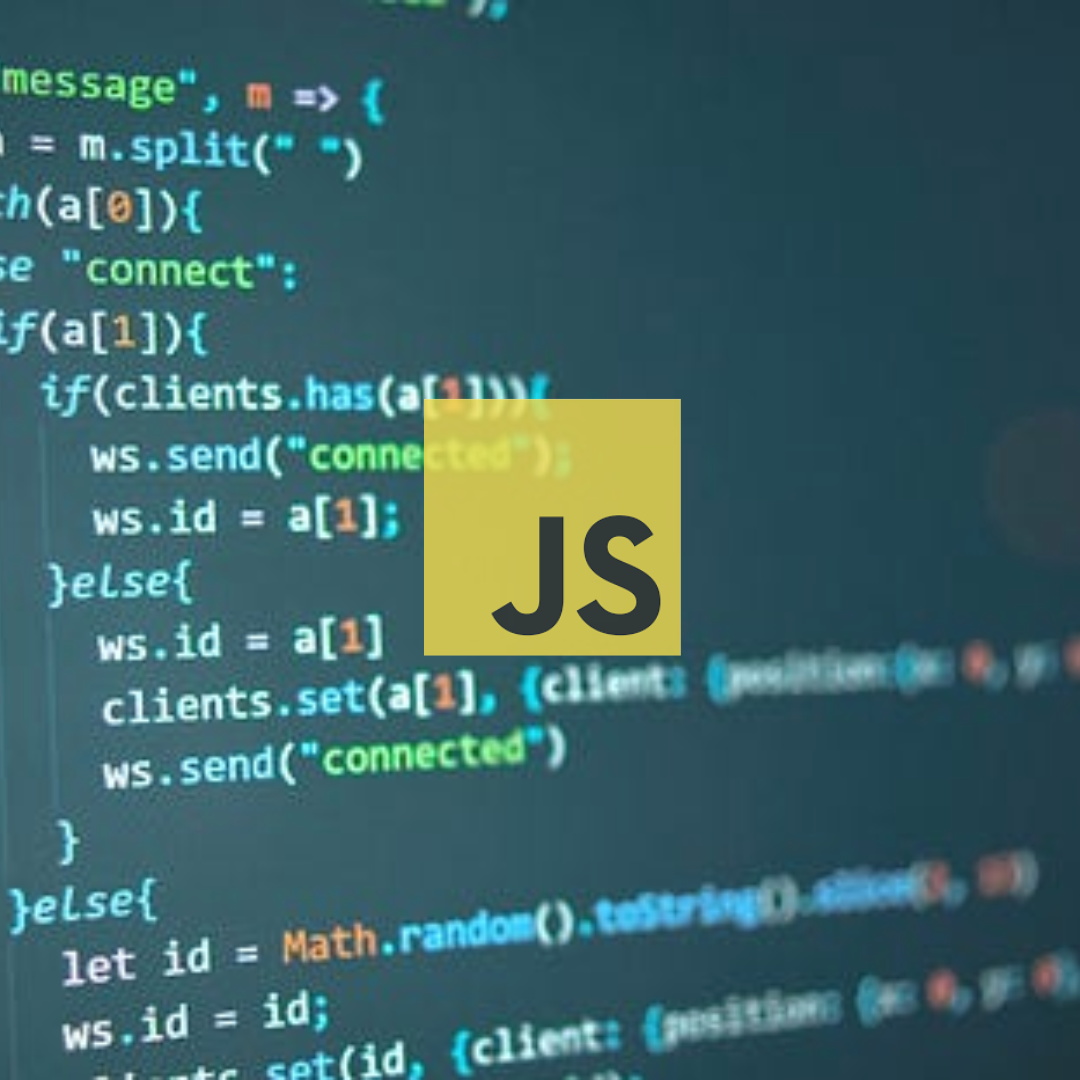
4. Dart
Usage: Dart is primarily used in combination with Flutter for building high-performance cross-platform mobile apps.
Current Stats: The top three geographies of Dart for programming-language are the United States with 237(43.57%), India with 121(22.24%), United Kingdom with 43(7.90%) customers respectively, https://6sense.com/tech/programming-language/dart-market-share
Growth: The simplicity and efficiency of Dart, combined with Flutter's ability to compile to native code, has led to its rise as a top choice for cross-platform development.
Future Scope: Given the success of Flutter, Dart is poised for continued growth as a language of choice for building efficient, cross-platform apps.
Pros of Dart language- High performance, Flutter integration, Fast development, Cross-platform efficiency, Strong google support
Cons of Dart language- Small talent pool, Limited native support, Relatively new language, Lack of mature libraries, App size concerns.
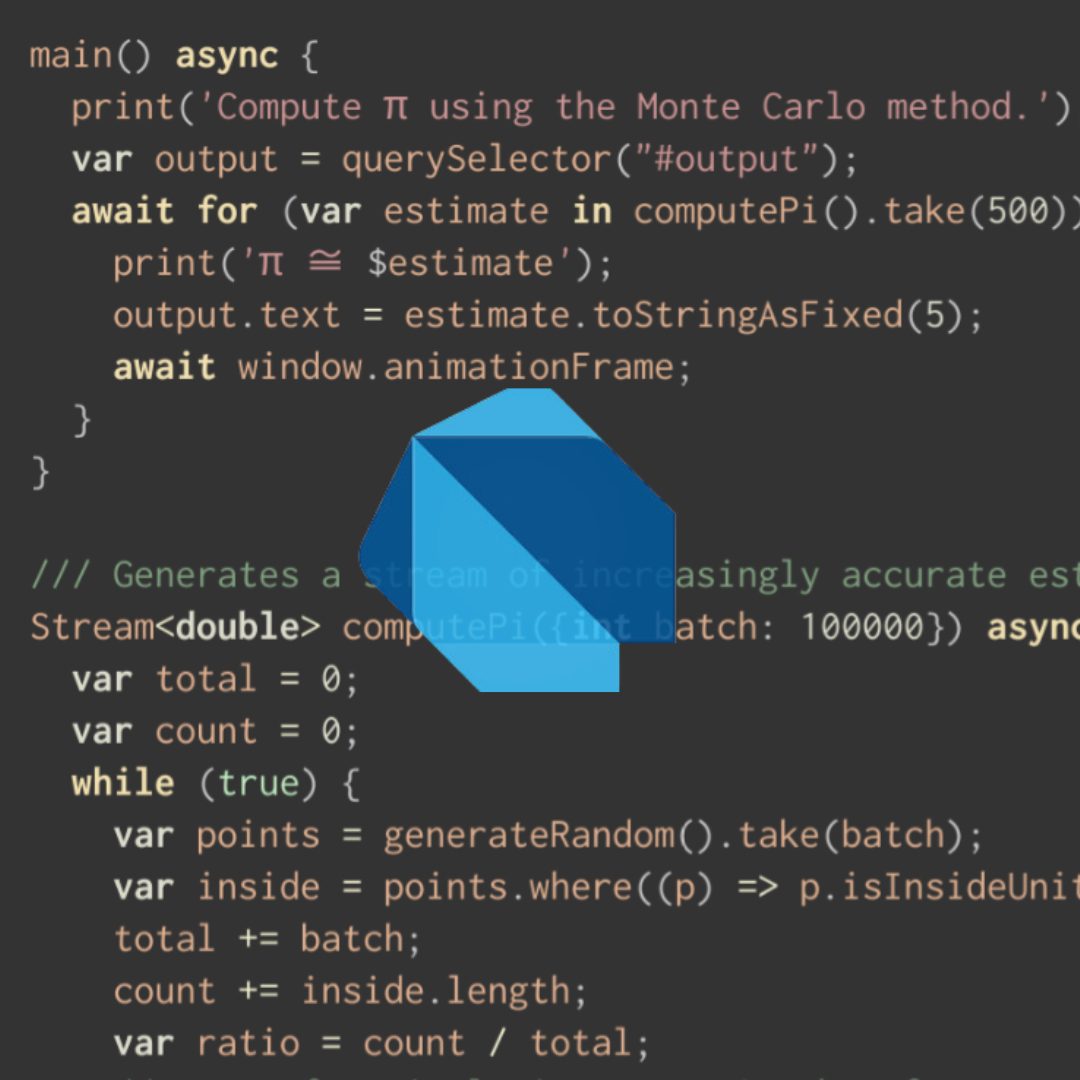
5. Python
Usage: Python is typically used for backend development, but frameworks like Kivy, BeeWare allow developers to build mobile apps but is very limited in use.
Current Stats: According to TIOBE’s Index (2024), https://www.tiobe.com/tiobe-index/ Python usage increased by 9.3% in 2024 but use in mobile app development is very less.
Growth: Python’s simplicity and vast ecosystem make it an attractive option for rapid prototyping and app development, but it faces limitations in terms of performance for 3resource-intensive apps.
Future Scope: While Python may not replace native languages like Swift or Kotlin for mobile development, its growth in fields like AI, machine learning, and web development positions it as a valuable language for mobile developers who want to integrate these features.
Pros of Python language- Easy to learn, Rich ecosystem, Cross-platform frameworks, Rapid prototyping, Versatile
Cons of Python language- Performance limitations, Not natively supported on mobile, Limited mobile-specific tools, App size issues, Not ideal for performance Apps
Why Python is not Popular for Mobile App Development- Python is not popular in mobile app development primarily due to performance and ecosystem limitations. As an interpreted language Python tends to be slower than natively compiled languages like Swift for iOS or Kotlin for Android which are optimized for mobile environments. Mobile apps often require high performance especially for resource-intensive tasks such as complex animations or real-time processing making native languages a more efficient choice. Additionally mobile operating systems have robust, platform-specific development environments with strong integration to their respective APIs, something Python lacks. While frameworks like Kivy and BeeWare offer Python-based development options they are not as mature or feature-rich as their native counterparts, leading to challenges in scalability, usability and access to advanced platform features. Furthermore, Python apps may face compatibility issues or difficulties during the app submission process to app stores which further diminishes its attractiveness for mobile development. Consequently developers often prefer more established technologies like Swift, Kotlin and cross-platform tools like Flutter or React Native for building mobile applications.
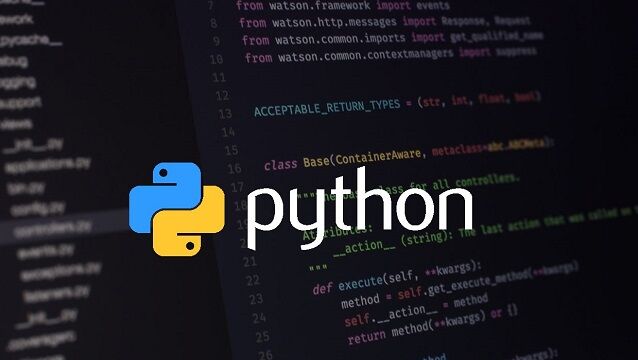
A Comparative Analysis of Popular Programming Languages
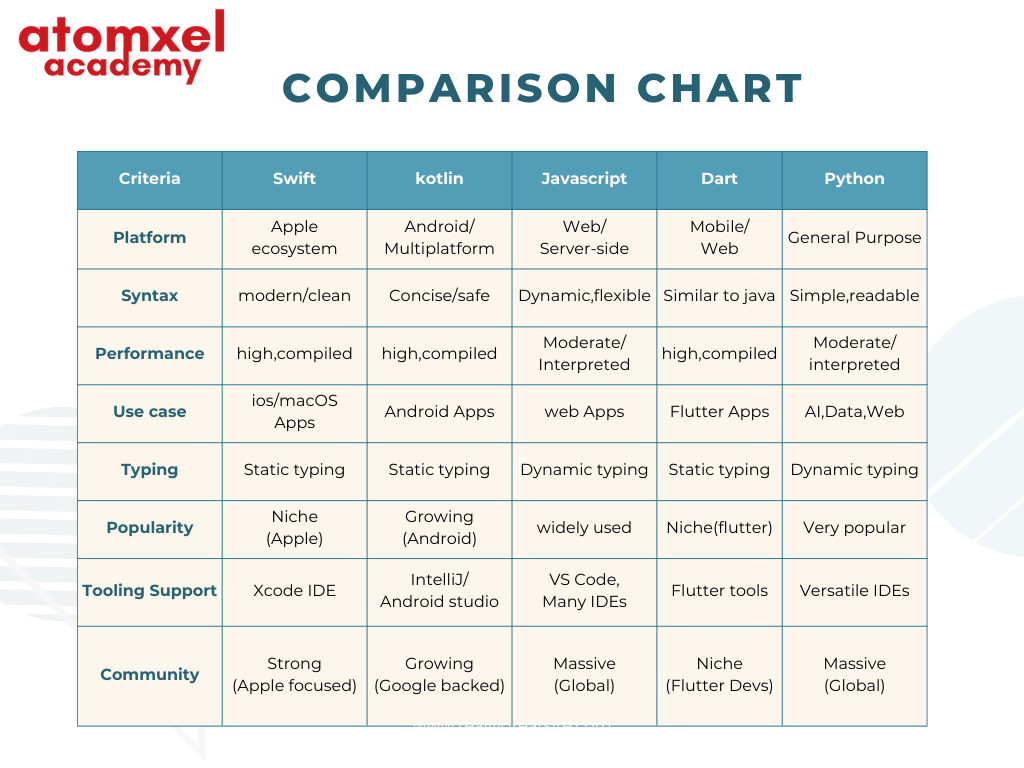
Conclusion
Each of these programming languages has carved out a significant space in the mobile app development ecosystem. Swift and Kotlin dominate their respective platforms, JavaScript powers cross-platform frameworks, Dart is on the rise thanks to Flutter, and Python is an excellent choice for certain mobile applications, especially those integrating advanced technologies. Understanding their roles, adoption, and growth trends will help developers choose the right tools for the rapidly evolving mobile development landscape in 2025.
References
Subscribe to my newsletter
Read articles from Sulabh Sharma directly inside your inbox. Subscribe to the newsletter, and don't miss out.
Written by
